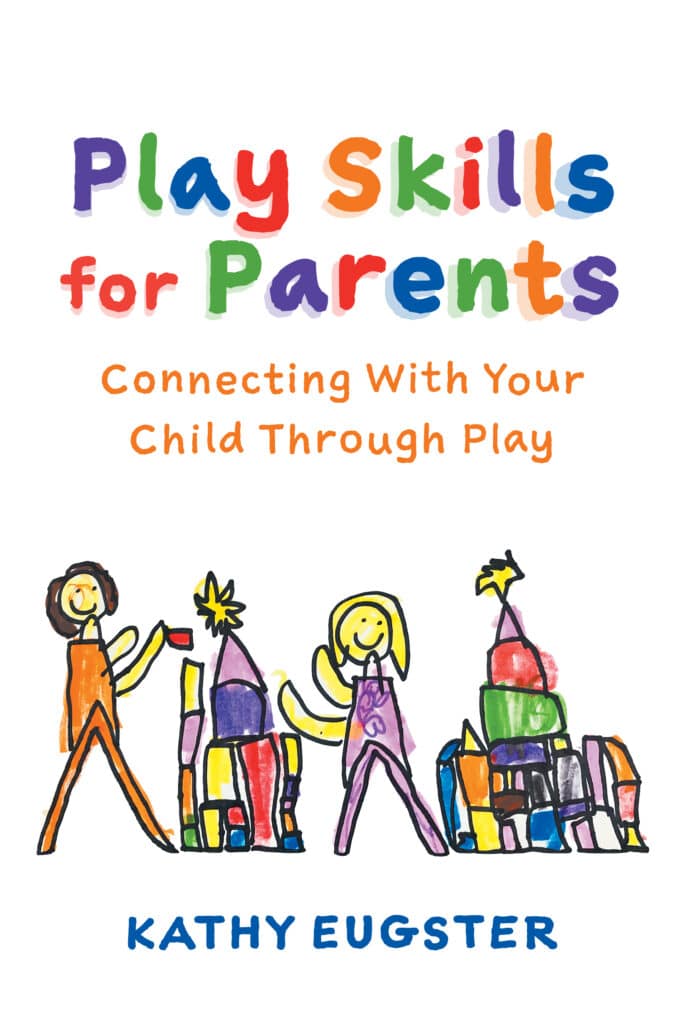Canadians are conscious of the environment and the planet we leave behind for future generations. In fact, a recent Maple Leaf Foods survey revealed that 92% of us know we have a duty to protect the environment, but over half (52%) don’t know where to start*. A simple way to step-up sustainability at home is with some eco-friendly spring-cleaning hacks.
Here are some little changes that you can make that can have a big impact on the environment:
- Organize your fridge for freshness
Over two-thirds (66%) of Canadians are interested in tips and tricks to minimize food waste*. Many of us have overbought at the grocery store and are then left with lacklustre leftovers and food set to expire. The key to reducing food waste is not only meal planning but more organized food storage to prolong food quality and freshness.
Keep meats or items you may not use immediately near the bottom of the fridge where the temperature is coldest. Storing groceries in this area will keep food chilled and maximize its freshness. Vegetables should be stored in the most humid spot in the fridge – which is usually labelled on a fridge drawer. You can follow the government’s advice on the right fridge temperature here.
- Use nature’s cleaning products
Using environmentally friendly cleaning products goes a long way to reducing our carbon footprint. While many options on the market can contain harsh chemicals and are stored in plastic bottles, you might be surprised by how well natural ingredients can get the job done. Enhance your next spring-cleaning session with vinegar and tea tree oil for additional disinfecting benefits. Lemons are also great options for removing tough stains and leaving your kitchen spotless! Try putting leftover lemon in your dishwasher for a sparkling lift! Not ready to make a full switch just yet? Replacing single-use products in plastic containers with refillable options is a little change in the right direction
If you’re looking for a recommendation, The Unscented Company has a line of amazing products that are fragrance-free, dye free, biodegradable, vegan, and in packaging designed to reduce plastic and water usage!
- Ditch paper towels
Got a quick spill that needs to be cleaned? Reach for multi-purpose cloth towels instead of paper to reduce waste that ends up in landfills. Another tip for an organized spring clean is to colour-code reusable towels by room or by task. For example, blue for windows, orange for the kitchen, red for the bathrooms, and so on. Be creative with the tools you use. Using an old sock slipped over your hand can become a duster and old t-shirts can be turned into produce bags or reusable rags.
- Don’t trash old treasures!
Sharing is caring! Spring cleaning is a great opportunity to rediscover all the items we’ve stored throughout the year – sometimes, we may even find brand-new items. Consider sharing your finds with friends and family or donating to local charities to support your community. Your long-forgotten items will be put to good use, and the planet will benefit from less waste.
- Stick to the staples
Thinking about refreshing your wardrobe? Don’t be tempted by fast fashion! Although trendy, items that quickly go out of style and out of our wardrobes post-season can end up in landfills and negatively impact the environment. Consider sticking to the basics and invest in timeless pieces that will always be in style. From a good pair of jeans and cozy sweaters to business casual blazers and plain white T-shirts, these versatile staples will be sure to impress!
* About this Study: These are the findings of a study commissioned by Maple Leaf Foods among a nationally representative sample of 1,532 Canadians who are members of the online Angus Reid Forum, balanced and weighted on age, gender, region and education. For comparison purposes only, a sample of this size would yield a margin of error of +/- 2.4 percentage points at a 95% confidence level. The study was conducted in English and French from March 17-21, 2022.










